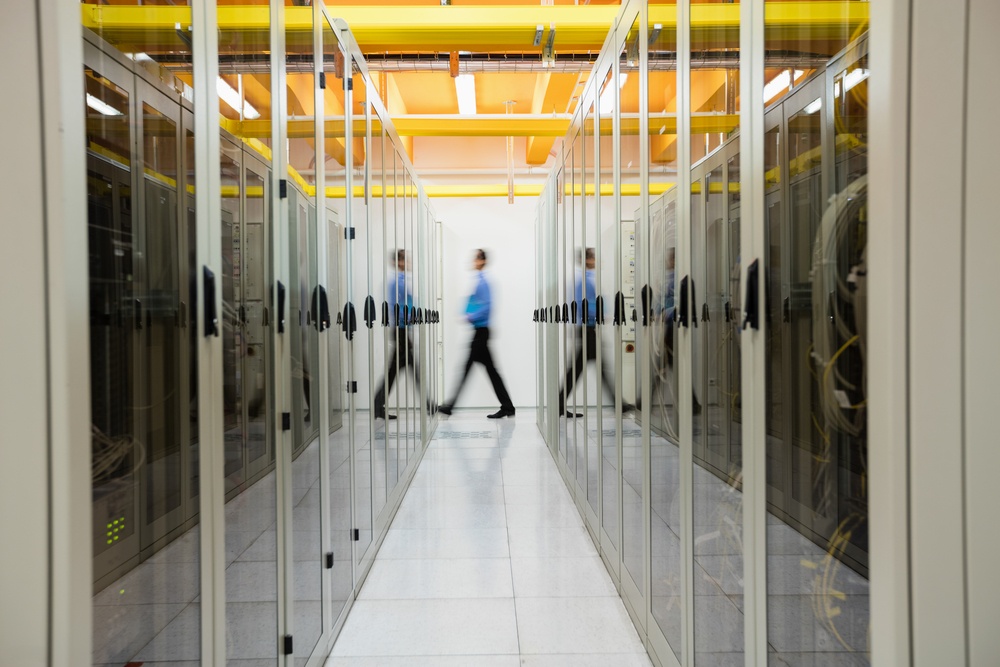What’s the Difference Between Malware and Ransomware?
Malware is one of the fastest-growing cyber threats facing businesses today, with a new threat emerging every 4.2 seconds. The term ‘malware’ is often used interchangeably with ransomware, but there are some key differences between the two.
Malware, or malicious software, is software specifically designed to disrupt, damage, or covertly infiltrate a computer system. It usually comes attached to another seemingly innocuous file, like a document or spreadsheet, or via an email. Once opened, the malware is programmed to discretely embed itself onto the computer and in some cases, spread to other computers via networks or internet connections.
Ransomware is actually a type of malware and infiltrates computer systems in much the same way. However, the key differences lie in the purpose of ransomware, and the way in which it behaves after embedding onto the host computer.
Malware is often designed to be a nuisance by bringing systems to a halt, deleting files, corrupting data, or infecting as many computers as possible for the sake of notoriety. On the more sinister end, it can be used to obtain sensitive information or paralyze key business functions like your website.
Ransomware, on the other hand, has a specific purpose and behavior pattern. Once embedded, the software will usually take an action such as encrypting a disk or capturing private data. Then it will notify the system owner and demand a ransom payment in exchange for restoring the disk or returning the data.
In theory, the ransomer will follow through on their promise, but some system owners find that they take the money and run, leaving them with a huge mess to clean up. The money trail is often difficult to follow, too, with ransomers increasingly using anonymous, encrypted payment methods like Bitcoin.
What does a ransomware attack mean for your business?
Financial loss is the main consequence facing businesses, whether that’s from making ransom payments, restoring systems, or losing customers after the attack becomes public. If customers, clients, or partners experience damages from the attack and you’re found to have been negligent in preventing it, you might also face legal repercussions.

How can you protect your business against malware and ransomware?
In most cases, ransomware gains access to your system because a user has performed a specific action — downloading software or opening a suspect attachment, for example. For that reason, awareness is the first and most important step in securing your business.
- Employee training
Train your employees how to spot and deal with malicious software. For example, encourage them to pause and question every file they receive, rather than reflexively opening whatever comes their way. And it should go without saying, of course, that emails or attachments from suspicious or unknown sources should never be opened.
- Backup your data
If you have additional copies of your data, then you won’t be forced to pay a ransom to recover it. Back up and encrypt your important data daily, automating the process if possible so that there’s no risk of forgetting.

- Use up-to-date detection software
Malware and ransomware detection software can help to flag up and remove malicious software before it can gain access to your systems. Invest in the best detection software you can afford and be sure to keep it up-to-date by uploading new versions and patches as they become available.

- Prevent employee downloads
Don’t give your employees free reign to download or install software as this is a major area of vulnerability. Instead, make it company policy for all installations to be approved or implemented by your IT team.
Can your business afford to pay a ransom?
The cost of a ransomware attack can bring your business to its knees. Download Fairdinkum’s free Security Audit Checklist now to find your weak spots, protect yourself with our free 4 Ways to Stop Malware guide, or contact us now for a free, no-obligation consultation.
You may want to visit our Cyber Security page for more information.